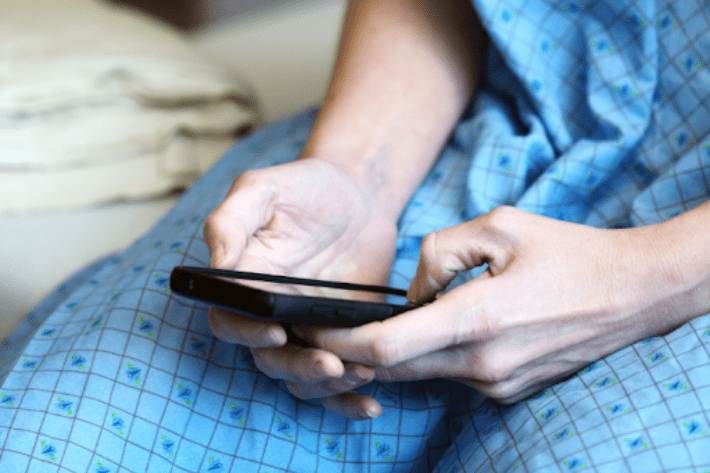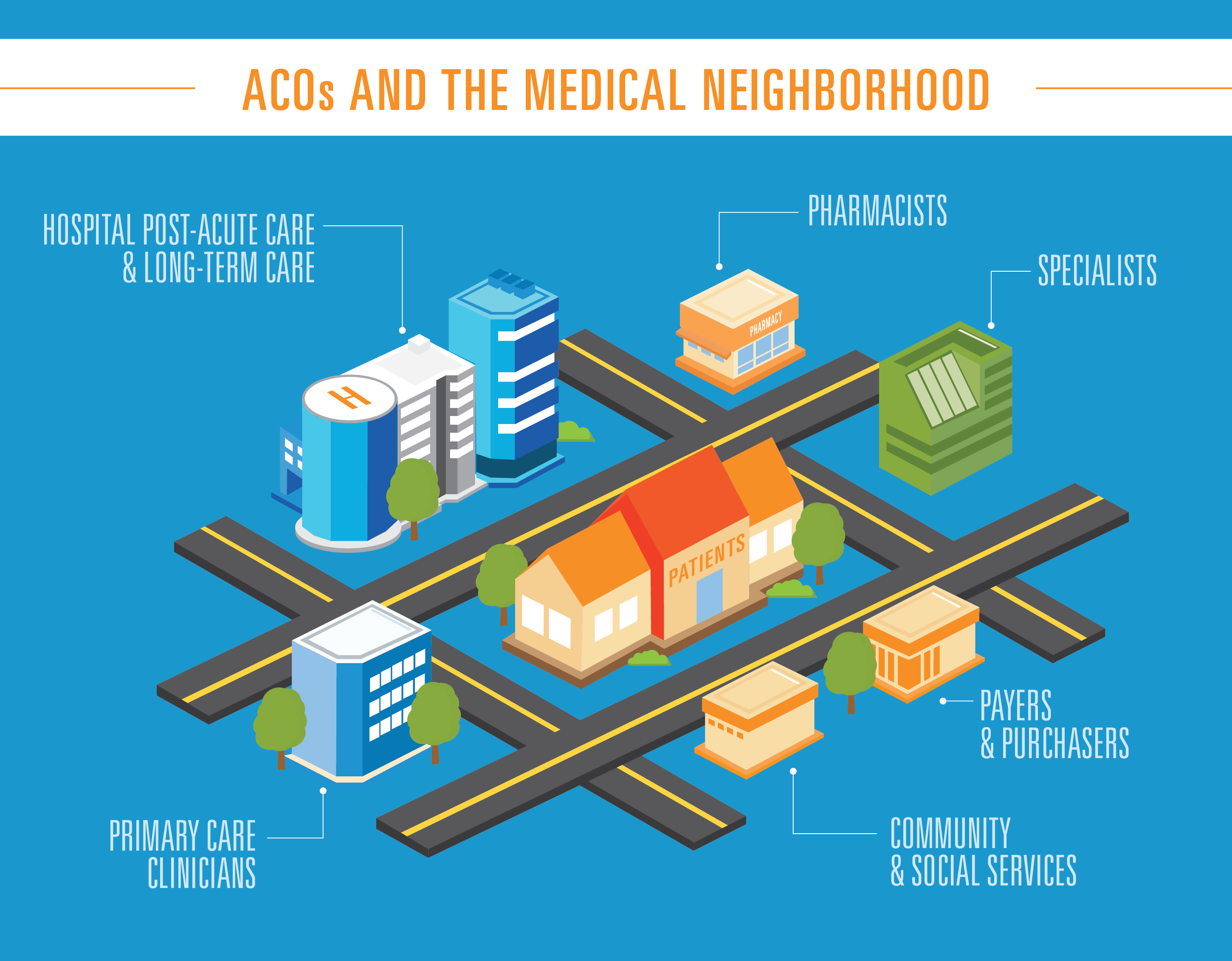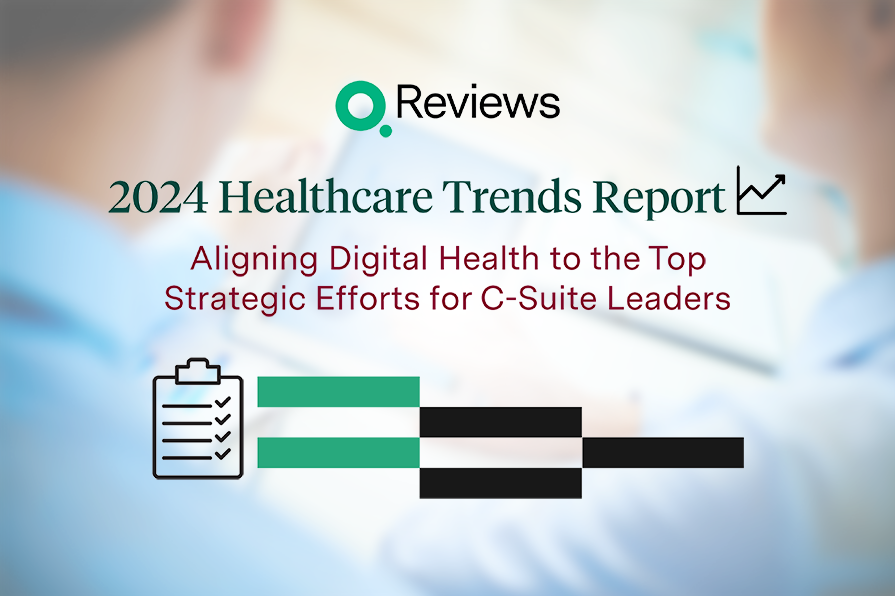
Redefining Real-Time Feedback in Healthcare

In recent years, there has been a lot of talk about real-time feedback in healthcare. It makes sense — after all, in healthcare, timing is everything. Urgency can be a matter of life and death when it comes to things like sepsis and strokes. Consequently, most care-related technology, such as vital signs monitors, must also operate in real-time.
When it comes to non-clinical work, however, real-time feedback in healthcare takes on a different meaning. In the patient experience realm, response times between eight and 24 hours are often the norm. And adding to this cycle are vendors that say they operate in real time, but don’t actually.
Take patient feedback solutions, for example. HCAHPS survey responses often come back in the mail weeks or months after a patient has left the hospital. But even most digital solutions don’t offer truly real-time results. Most “real-time” survey vendors only send surveys after a patient has left the site of care. But collecting patient feedback across the care journey — whether before, during, or after visiting a site of care — is essential.
Of course, certain feedback is more critical than others. A request to increase the temperature, for example, isn’t as urgent as an alert about a new or worsening symptom. But added up, small moments like that can significantly hamper the patient experience. And a poor patient experience, in turn, can lead to lower patient acquisition, patient retention, and Medicare funding.
Moving From “Real Time” to “Immediate”
Today, patients have access to more healthcare options than ever before. As such, providers must bring in the urgency that already exists on the practitioners’ side to the non-clinical side. To do that, however, they need digital solutions that give them immediate insight into the patient experience. And this can’t just include vendors that boast real-time insights without actually offering them.
At Q Reviews, we pride ourselves on offering solutions that provide this immediate insight. We offer solutions for inpatient settings (e.g. Q Visit) as well as outpatient ones (e.g. Q Connect).
With these platforms, frontline workers can see feedback come in right as patients complete surveys via SMS text message. The results are then aggregated in an easy-to-interpret dashboard, with the option to flag urgent issues and route tasks. This way, staff can intervene and make things right as quickly as possible.
This can include everything from minor requests to important patient safety issues. You might receive an alert to clear a room of tripping hazards or help a patient go to the bathroom, for example.
Even if the staff is too overwhelmed to take on the task at that moment, they can send patient updates. After receiving a request, you can send an automatic SMS text message stating that you will address it as soon as possible. And often, by recognizing a patient’s concern, you’ve already helped smooth things over.
Immediacy at Every Stage
Immediate feedback during care is critical, but it’s not the only time you should pay attention to it. In fact, you should gather it at every stage in the care journey.

For example:
- Discovery: Insert a digital survey on your organization’s website so patients and members can give feedback on the digital experience as they search for care, research your organization, and schedule appointments to start the care journey off on the right foot.
- Pre-Visit: When sending out patient appointment reminder notifications and pre-arrival instructions, add a one- to two-question survey to get feedback on how clear your pre-arrival instructions are to reduce late starts and no-shows.
- Site of Care: Provide instantaneous inpatient survey feedback to those that make up the care delivery team, from EVS to nurses, pharmaceutical staff, and more — then prioritize requests and route tasks to the appropriate staff to scale workforce efforts.
- Follow-Up: Beyond the mandatory CAHPS survey, ask for feedback around discharge instructions, access to medications/DME, and lab results to ensure that patients and members get the support they need when they are most vulnerable: right after leaving a site of care.
- Care at Home: Send periodical surveys to understand where and when patients and members need the most support and help in order to reduce readmissions and cost of care.
An Imperative for Action
While healthcare providers often do a good job of prioritizing timeliness from a clinical perspective, non-clinical matters aren’t always treated with the urgency they deserve. Providers may think that they address concerns in real time, but in reality, they often lag behind — and vendors that claim to offer “real-time” feedback to healthcare organizations are part of that problem.
At this point, “real-time feedback” in healthcare has been used so often that its meaning has been completely watered down — making it high time to pivot away from a real-time mindset and toward an immediate one. Instant visibility into your patient feedback allows you to not only identify issues and work on them moving forward, but actually correct them in the moment.
And ultimately, this isn’t just beneficial for your patients — it’s beneficial for your bottom line.








